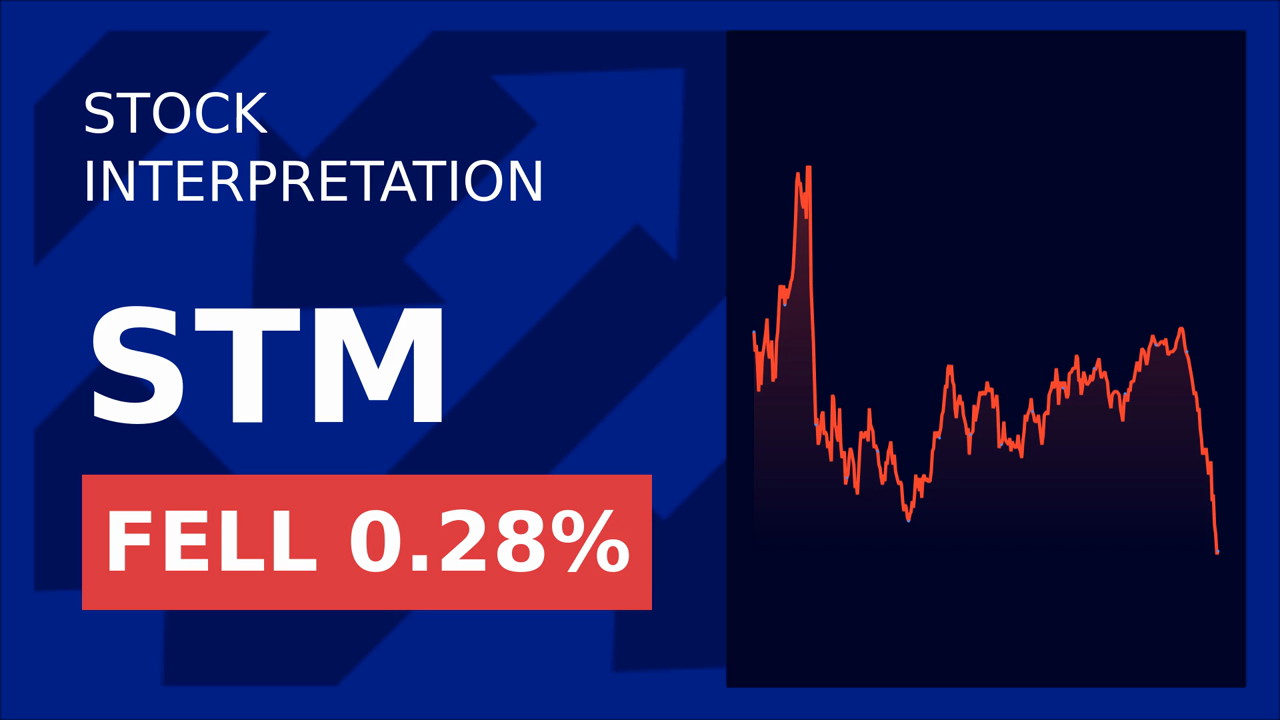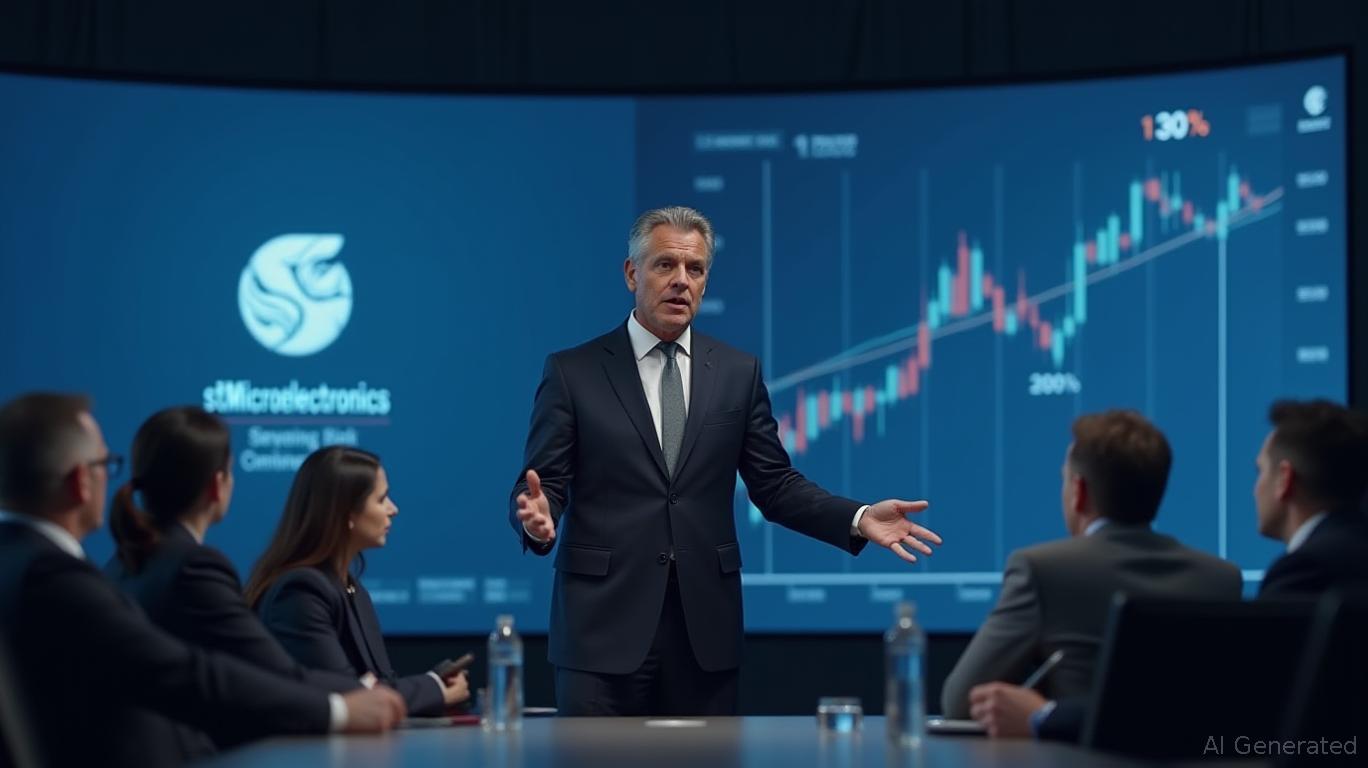STMicroelectronics Navigates a Rocky Quarter Amid Industry Challenges
The semiconductor sector has faced significant headwinds in recent quarters, and STMicroelectronics’ latest earnings underscore the industry’s broader struggles. In Q1 2025, the company reported a ninefold decline in diluted EPS to $0.06 from $0.54 a year earlier, driven by revenue contraction, margin pressures, and structural challenges. Yet beneath the surface of these disappointing results lies a strategy to position the company for recovery—a balancing act between short-term pain and long-term resilience.
The immediate numbers paint a stark picture. Net revenues of $2.52 billion met expectations but fell 24.2% sequentially from Q4 2024’s $3.32 billion. Gross margin compressed to 33.4%, with unused capacity charges and product mix issues exacerbating the drop. Operating income plummeted to $3 million, a staggering 99.4% decline year-on-year, as all four segments—Analog, MEMS & Sensors (AM&S); Power & Discrete (P&D); Embedded Processing (EMP); and RF & Optical Communications (RF&OC)—saw double-digit revenue declines. P&D, for instance, posted a $28 million operating loss versus $77 million in profit in Q1 2024.

The CEO’s assertion that Q1 marks the “bottom” of 2025 hinges on signs of stabilization in key markets. While consumer and communications demand remains weak, Automotive and Industrial segments—critical to STMicro’s portfolio—showed improved book-to-bill ratios, suggesting a gradual shift toward supply-demand balance. This is critical, as Automotive alone accounts for ~35% of the company’s revenue. The Q2 guidance of $2.71 billion in revenue, exceeding analyst estimates, reinforces optimism about the recovery trajectory.
However, the path forward is fraught with challenges. Trailing 12-month free cash flow fell 68.4% to $453 million, reflecting reduced operating cash flow and aggressive CapEx spending ($2.0–2.3 billion for 2025). This capital allocation prioritizes reshaping manufacturing capacity to align with demand trends and reduce costs, a necessary step but one that strains liquidity in the near term. Compounding these pressures are the restructuring costs: the company aims to achieve “high triple-digit million-dollar” annual savings by 2027 through global cost optimization and trimming unused capacity.
Investors must weigh these short-term sacrifices against the long-term vision. STMicro’s focus on automotive electrification, industrial automation, and sustainability—such as its goal of carbon neutrality by 2027—aligns with secular growth trends. The restructuring and CapEx plans, while painful now, are designed to position the company to capture market share in high-margin niches like advanced driver-assistance systems (ADAS) and renewable energy infrastructure.
The data supports cautious optimism. The Q2 revenue guidance implies a 7.5% sequential rebound, and the gross margin stability at 33.4% suggests cost controls are beginning to bite. Meanwhile, the company’s non-GAAP metrics (excluding restructuring and impairment charges) are likely to show a narrower earnings gap compared to GAAP results, offering a clearer picture of underlying profitability.
In conclusion, STMicro’s Q1 results reflect an industry in transition—one where semiconductor firms must navigate cyclical downturns while investing in structural advantages for the next upturn. The company’s aggressive restructuring, focus on resilient end markets, and disciplined capital allocation create a foundation for recovery. While near-term earnings remain under pressure, the combination of Q2 guidance exceeding expectations, improving demand signals in key sectors, and strategic investments in high-growth areas suggests the company is on the right path. Investors, however, should remain mindful of execution risks and the pace of macroeconomic recovery before fully embracing a turnaround narrative.
The numbers tell the story: a $2.71 billion revenue beat in Q2, a $453 million free cash flow contraction, and a $2.0 billion CapEx commitment. For STMicro, this is not just about surviving the downturn—it’s about emerging stronger in a market where the winners will be those who control costs, innovate decisively, and align with the industries of the future.


_442a2dcc1749832873286.jpeg)
_e68fac6d1749831664430.jpeg)






